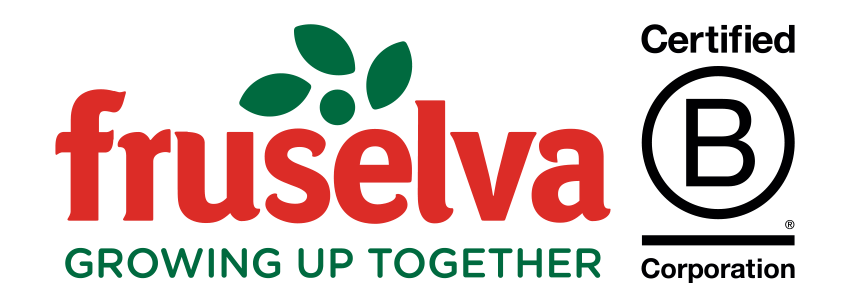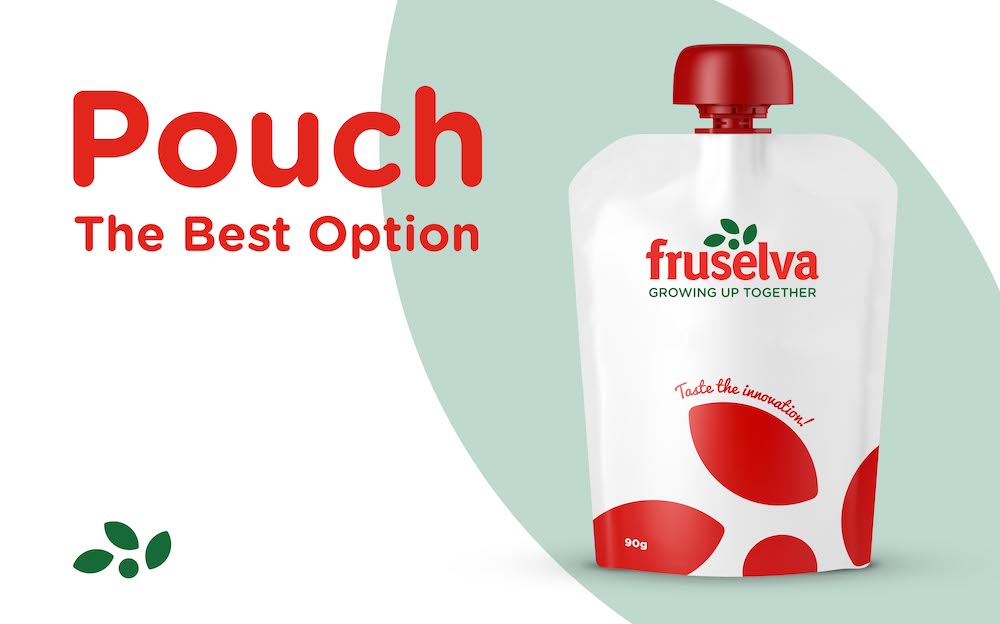Baby food was a conservative industry until the disruption of new packaging, from the traditional glass jar format to different alternatives, such as pouches and plastic cups. Pouches are safe and easy to use, and they can adapt to our dynamic style of life, being a 100% sustainable option. Baby food products in pouches have increased sales drastically [1] in the last few years.
Food industry revolution
At around 6 months of age, “complementary” feeding is introduced as smooth fruit purée, providing essential nutrients, such as iron, zinc, iodine, B vitamins, and additional energy to support normal child growth and development [2]. There has been a rapid increase in the number and variety of commercial foods available for infants and young children in pouches equipped with a spout and a screw cap; offering parents a simple and convenient approach to an “on-the-go” ambient temperature complementary feeding format, which can be squeezed directly into the mouth of the infant or the young child [3].
Also, responding to different needs, the products are classified by stage of targeted age as; stage 1 (~4 –6 months), stage 2 (~6– 8 months), stage 3 (~8 – 12 months), and stage 4 – (~12 – 48m) stage 5 ( +48m ). The consistency of these products varies according to the stage so, thinner & smoother products are intended for younger consumers, and thicker products are intended for older consumers.
Fruselva’s products
At Fruselva we are committed to the different needs of our clients, their markets, and consumers, respecting the planet. Therefore, we can offer a great variety of recipes according to each stage of growth. In addition, we can develop customized products for our clients, complying with the regulations and certifications required in each country.
Sources:
- From jar to pouch: the evolution of packaging. ABC Packaging Direct: Baby food. 2017. [2021-03-23].
- Taylor, R. W., et al. Nutritional Implications of Baby-Led Weaning and Baby Food Pouches as Novel Methods of Infant Feeding: Protocol for an Observational Study. JMIR Research Protocols, 10(4), e29048.
- Koletzko, B. et al. Complementary foods in baby food pouches: position statement from the Nutrition Commission of the German Society for Pediatrics and Adolescent Medicine (DGKJ, e.V.). Molecular and Cellular Pediatrics, 6(1).
- Beauregard, et al. Nutrient Content of Squeeze Pouch Foods for Infants and Toddlers Sold in the United States in 2015. Nutrients, 11(7), 1689.



